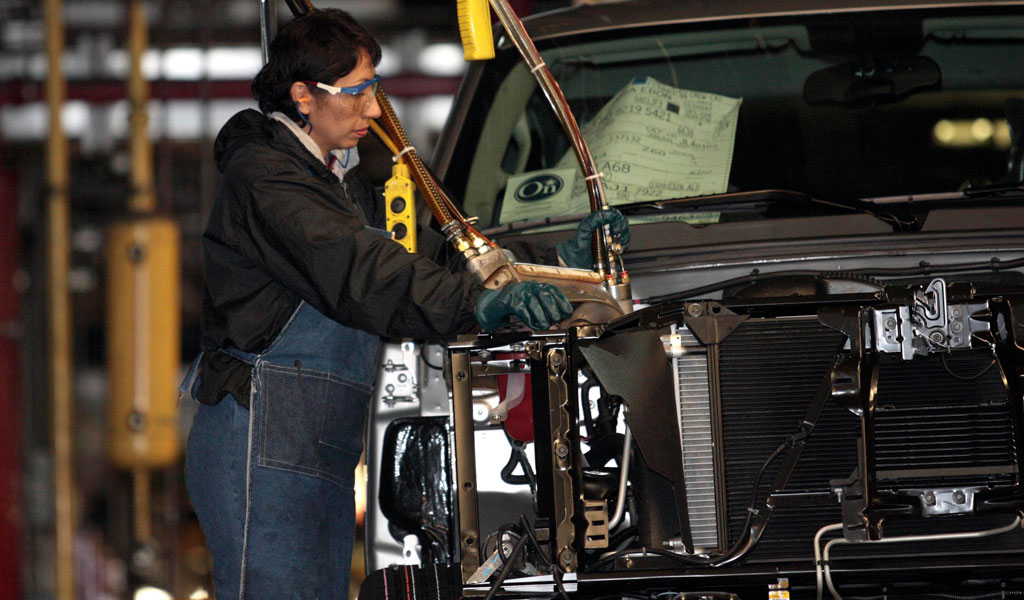(version in 日本語)
Japanese-brand cars have become everyday, household items in the United States, and it’s hard to drive in the country without seeing one on the roads. These cars may be manufactured by Japanese firms, but about 70 percent of these vehicles are actually produced in North America. Globally, in 2014, about two-thirds of Japanese cars were produced on assembly lines outside of that country. Despite the increase in overseas demand for Japanese vehicles, this hasn’t been mirrored by an expansion in investment, and the building of factories in Japan to meet that demand.
Against this background, our IMF Working Paper looks at possible reasons for this sluggish recovery of corporate investment in Japan, focusing on the role of Japanese firms overseas.
Since the Bank of Japan embarked on quantitative and qualitative easing in April 2013, the profitability of Japanese firms has improved, with both return on assets, and return on equity rising to levels comparable to those during the previous boom period in the mid-2000s (Chart 1).
However, the recovery in corporate investment remains subdued, in particular for large firms whose investment has been largely flat over the last few years. Considering how closely corporate investment shadowed profitability during previous cycles, the recent slow recovery in corporate investment is exceptional (Chart 2).
One notable feature of Japanese firms over the past decades has been the increase in offshore production, briefly interrupted by the global financial crisis. Over the last two decades, Japanese firms have expanded abroad to exploit cheaper labor, and rising demand in host countries. Overseas investment grew at a rate of 7 percent in the mid-1990s and 12 percent in the mid-2000s before the global financial crisis (Chart 3).
The pace has accelerated, partly due to the appreciation of the Japanese Yen during the crisis, and uncertainty about energy supply after the 2011 earthquake. As a result, overseas investment now accounts for about 25 percent of total manufacturing investment, while domestic production capacity has declined by about 4 percent since 2011. Accordingly, exports by Japanese subsidiaries located overseas (to countries excluding Japan) exceeded exports from Japan by more than 40 percent.
Empirical studies find that profitability, cash flow, and leverage are all important factors for the overall investment behavior of Japanese firms. However, for large firms, in particular those which have expanded production abroad, domestic profitability is less important as a factor driving their investment. Instead, cash flow is gaining in importance, although these large firms are less constrained by liquidity than other businesses. As overseas operations are riskier by nature from the perspective of financial intermediaries, external financing is more costly for overseas investment, and firms have to count more on internal financing for overseas expansion. Consistent with this, investment by firms in the transportation sector, which account for about 60 percent of overseas investment, depends more on cash flow and less on profitability for their investment decision.
With structural reforms implemented under the third arrow of Abenomics yet to substantially boost domestic confidence, and improve the domestic demand outlook, the increase in overseas production continues to weigh heavily on domestic investment. Together with headwinds from an aging population, this trend constitutes a larger-than-expected drag on domestic investment—although Abenomics substantially improved financial conditions, including through the sharp depreciation of the yen. So, more ambitious structural reforms will be needed to provide a robust, long-term outlook and underpin near-term demand.









